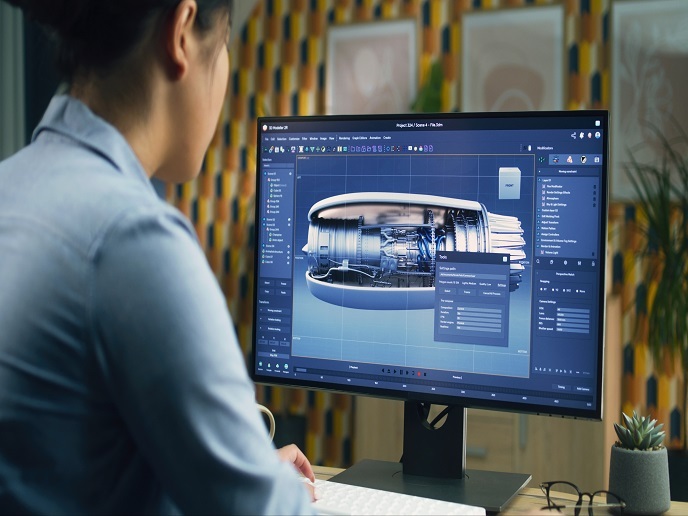A stronger ecosystem for Mont-Blanc’s ARM-based supercomputers
ARM-based processors are a considerable asset on Europe’s path to self-determination in high-performance computing (HPC). Acknowledging this potential, the EU has facilitated research under the Mont-Blanc projects, whose first iteration had successfully deployed a large ARM-based prototype based on over 1,000 mobile SoCs. With MONT-BLANC 2, the team largely focused on improved software. The ecosystem developed under Mont-Blanc was first extended and consolidated: all scientific libraries and runtime systems were ported to ARMv8 — the first 64-bit ARM architecture — and a complete development tools ecosystem was developed for the likes of debugging, performance analysis, performance prediction, and automated kernel optimisation. Fault tolerance and resiliency techniques were improved for system-based commodity technology, new architectures were explored, market opportunities for platforms to be acquired were identified, and the Mont-Blanc computing architecture was made available to the scientific community. Finally, the project’s prototypes were handed over to a set of industrial end-users — a key step towards future commercial exploitation. ‘The use of ARM intellectual property (IP) is viewed very positively not only by the European Commission, but also by many leading organisations in the European HPC community,’ says Filippo Mantovani, Researcher at Barcelona’s Supercomputing Center and technical coordinator of MONT-BLANC 2. ‘Whereas modern computing platforms have significant power constraints, the embedded market has a great sensitivity to power consumption and ARM’s leadership on this market can help us improve the power consumption of next generation HPC systems. Moreover, ARM’s business model based on licensing IP to deliver customer-driven solutions for specific market sectors provides us with more flexibility than the “monolithic” development/deployment system typical in HPC,’ he continues. Besides the tools ecosystem — which supports both ARM-based platforms and the OpenMP/OmpSs task-based programming models — and higher resiliency mentioned above, the project also brings about energy-aware scheduling with three dedicated algorithms, as well as the deployment of five mini-clusters — sets of platforms assembled using off-the-shelves development kits as opposed to custom integrated prototypes. From prototype to market With MONT-BLANC 2 now being completed, the consortium is already moving ahead with MONT-BLANC 3, which notably aims to ‘converge contributions from the previous two phases of Mont-Blanc in a holistic approach towards next generation HPC systems.’ The Mont-Blanc 3 prototype has been confirmed to feature ARM ThunderX2 CPUs by Cavium, whilst its compute nodes will be based on Atos’s Bull Sequana platform for HPC, taking advantage of the Bull Sequana infrastructure for cluster management, network, power supply, and cooling. ‘Bull, now part of the Atos Group, is one of the historical partners of the consortium. From the start, Bull developed the prototype system following the same processes normally used for Bull commercial systems, with the objective of designing a system that can be manufactured at industrial scale,’ Mantovani explains. From the early stages of the project, everything was done to appeal to industry and widen acceptance of ARM architecture in the HPC community. In January, MONT-BLANC 2 closed with a workshop on ‘ARM: on the road to HPC’ that gathered some 120 people. The GW4 Alliance notably introduced this audience to Isambard, an HPC system based on the same CPUs as the Mont-Blanc 3 prototype whose development is led by the University of Bristol, also a partner of MONT-BLANC 2. Can this momentum lead to an ARM takeover on the HPC market? ‘The HPC community is traditionally conservative with new technologies like ARM or the programming models proposed within the project. But the increasing presence of ARM on this market and in HPC events is comforting us in our efforts of enabling this technology toward HPC,’ Mantovani concludes.
Keywords
MONT-BLANC 2, HPC, ARM, processor, supercomputer, algorithm, prototype, programming







